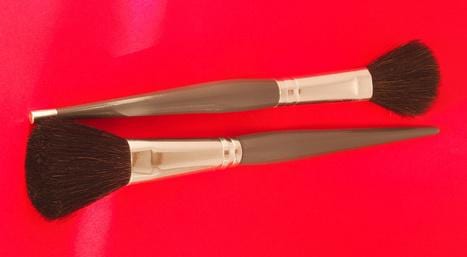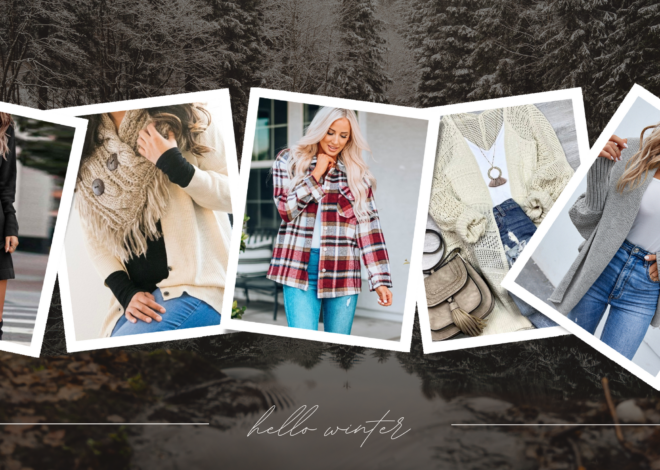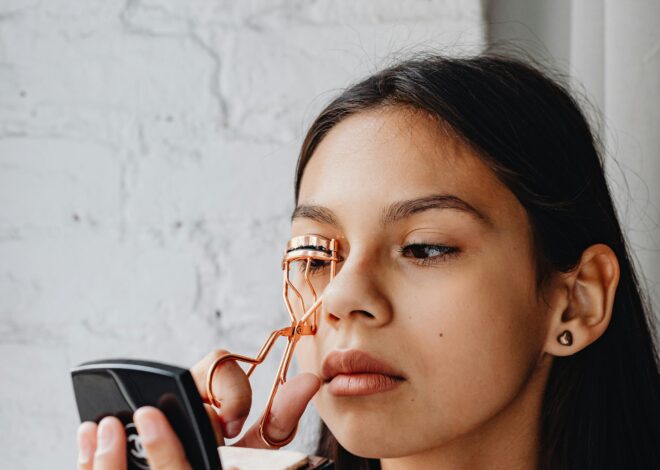It has taken some 30 years, as of 2009, for mineral makeup to make a splash on the beauty scene. The people who lived in the Haight-Ashbury section of San Francisco invented mineral makeup in the aftermath of the hippie movement, according to WebMD. They wanted an alternative to makeup with chemicals, and mineral makeup was the answer. Containing only products made from ground minerals from the earth, pure mineral makeup and powders do not contain chemicals, dyes or preservatives.
Most Popular
The most popular types of mineral makeup are the powdered foundations and blushes, according to WebMD. These powders are finely ground minerals that you buff on your skin with a wide brush. Mineral makeup varies in price from less than $10 to more than $50 per product, as of 2009.
Fans and Critics
Some people love mineral makeup, while others do not. Fans of mineral makeup like the way it looks and feels on their skin. Mineral makeup looks natural and feels light. Critics say it can be drying, can accentuate wrinkles and can look ashy.
Mineral Vs. Traditional
As far as mineral makeup being natural, some people believe it is, while critics say that the ingredients in mineral makeup are not much different from the ingredients that are in traditional makeup. Mineral makeup’s main ingredients–mica, zinc oxide and titanium dioxide–are also the basis of traditional makeup foundations, says pharmaceutical chemist, Ben Kaminsky, on WebMD. Kaminsky also says that no scientific proof exists that mineral makeup is purer than traditional makeup.
Benefits
Many dermatologists support mineral makeup. While mineral makeup does share some of the same ingredients as traditional makeup, it eliminates many irritants, such as fragrance, binders, preservatives and synthetic dye. In that sense, mineral makeup is purer than traditional makeup. Another benefit of mineral makeup and powders is that they do not clog your pores the way some traditional liquid foundation does. People who have sensitive skin, acne or rosacea typically do better with mineral makeup. Because of the high concentration of zinc oxide and titanium dioxide, mineral makeup will protect your face from the sun. It has an average SPF rating of 15, according to WebMD. For optimal sun protection, it is best to use a regular cream sunscreen underneath your mineral makeup.
Different Brands
Not all mineral makeup is equal; some brands are purer than others. Some mineral makeup brands stay true to the original intent of being pure, while other lines do add fillers, preservatives and chemicals to their formulas, says Kristen Adams, president of After Glow Cosmetics on WebMD. You can determine which products are natural by reading the ingredient label. You can’t go by the marketing terms of “all natural” or “all mineral formula.” If you are looking for a natural product, one ingredient that you do not want in your mineral makeup is bismuth oxychloride. This is a skin irritant that manufacturers add to their makeup to give you a glow, but it is a byproduct of lead and copper and can cause itchiness and rashes.
Photo Credit
- large makeup brushes image by leafy from Fotolia.com





